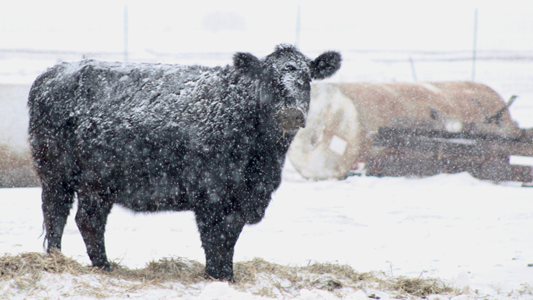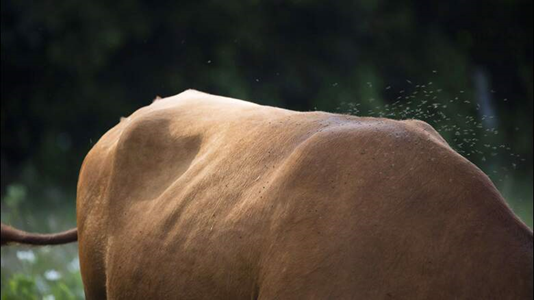
As we know, the winter season is bound to bring a variety of challenges. But when it comes to cattle operations, access to quality nutrition and facilities are going to be what sets your operation apart from the other guys.
Now is the perfect time to start these preparations, especially because of how erratic the weather can be leading up to the winter season. Here is a checklist to ensure quality winterization for your cattle operation:
- Stockpile Bedding
Be sure to have plenty of bedding in order to keep your cattle warm and dry through these winter months. In cold weather your cattle need more bedding to stay warm and maintain its body temperature. It is also smart to mix wood shaving and straw to help keep animals warm. - Arrange for Shelter
Pasture shelters can be very beneficial for cattle because it protects them from cold wind while helping them retain body heat. While the weather is still nice be sure to check your shelters for any necessary repairs and if you have an enclosed shelter, be sure it is well-ventilated. A well prepped shelter is going to make the winter transition easy and stress free. - Ensure Water Availability
Check that your heated waterers are working properly. Heated water buckets or water heaters are also a sure-fire way to prevent water from freezing. When using heated elements or heated water buckets, make sure any electrical cords are safely placed and out of animal’s reach. - Store Enough Feed
During the winter season, animals require more nutrition. Planning supplemental feed strategies will maintain your cattle’s protein needs and provide proper energy. Making sure your herd is healthy going into the winter months is crucial for the winterization process. With creating perfect conditions for cattle comes perfect conditions for flies, so it’s important to start cattle fly control in the fall to limit the number of overwintering flies. - Don’t’ Forget About Flies
With winter approaching and spring to follow soon after, it is important to understand that prepping ahead of spring fly emergence is critical. Our 30/30 approach will help maximize control of overwintering fly pupae. The 30/30 Program encourages operations using Altosid® IGR to start including the products in their feed or supplement early in the spring, 30 days before flies begin to appear. This ensures an ideal window of treatment with the products, protecting against an unpredictably early or late start to the spring.
To learn more about this approach, watch our 30/30 video.


